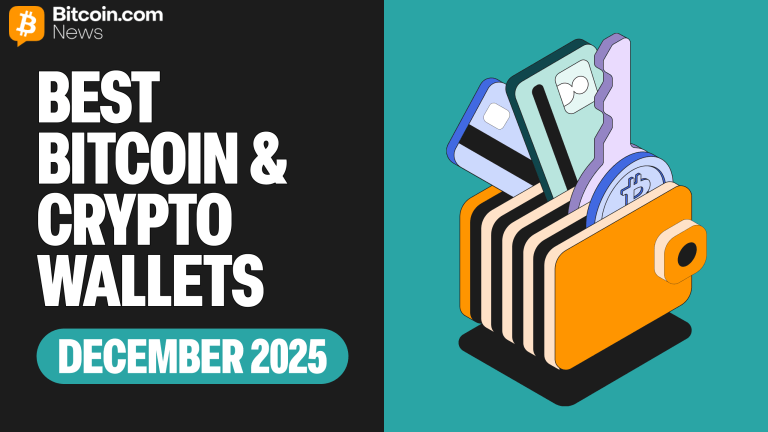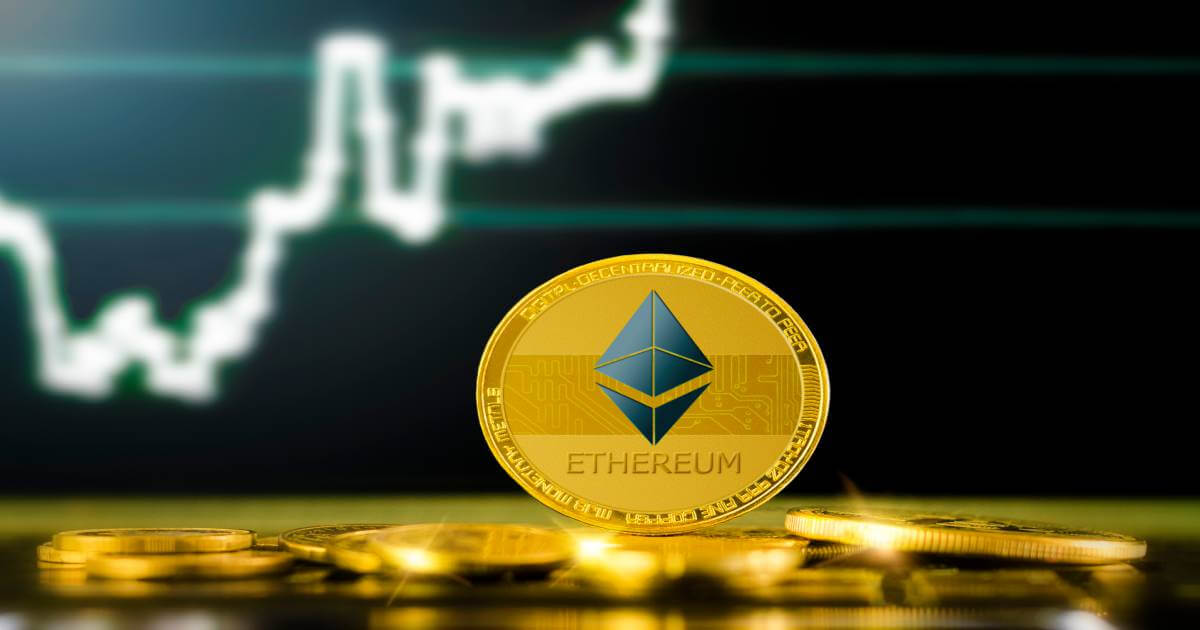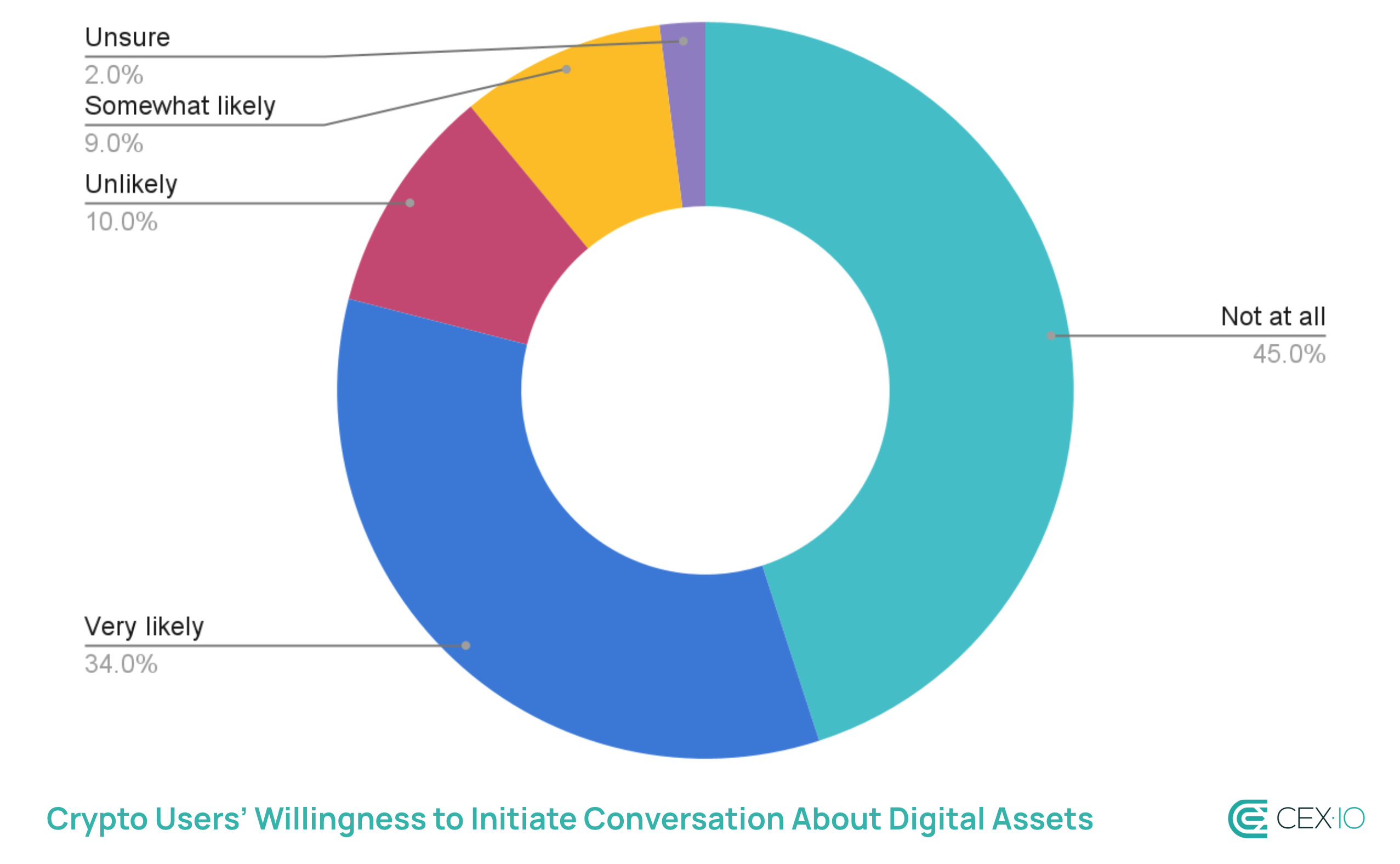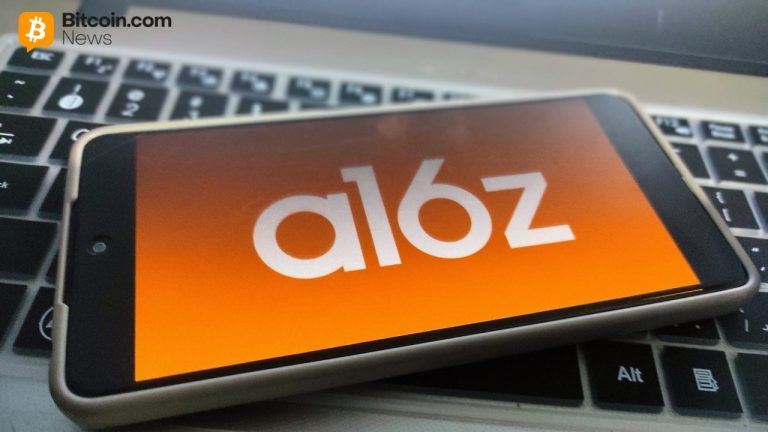Generally, you can think of a crypto ETF as a vehicle or tool that aims to bridge/connect the worlds of traditional finance and crypto. It achieves this goal by creating a channel for limited exposure to crypto, making it similar to traditional financial market products.
In this article, we’ll cover everything you need to know to solve the mystery behind crypto ETFs, with a look at current market dynamics. But before we get technical, here’s how you can try to understand this often complex and abstract offering.&
Table of contents
- What are crypto ETFs? The ELI 5 approach
- What is an ETF?
- Bitcoin and Ethereum ETFs
- How do Bitcoin ETFs work?
- What Bitcoin ETFs exist today?
- Differences and similarities between BTC and BTC ETFs
- Pros and cons of crypto ETFs
- What’s the difference between BTC Spot and Futures ETFs?
- Brief overview of the current crypto ETF market in the U.S.
- Final thoughts
What are crypto ETFs? The ELI 5 approach
Imagine you own a piece of land you’d like to farm. Unless you’re very experienced, you’ll likely face numerous challenges. For instance, you’ll need to think about what to plant, when to do so, how much, etc. Additionally, you’ll need specialized farming equipment, such as a tractor, a combine harvester, and the like. Ensuring adequate storage for the seeds and saplings is another consideration. And then there’s every farmer’s worst nightmare: unpredictable weather.&
If you were to go it alone, there is a chance you’d do well. However, in farming — just like with anything in life (including crypto) — there are no guarantees. The best you can do is attempt to minimize risk, and improve the chances of your crops succeeding.&
With that in mind, you consider an alternative: what if, instead of facing all of these challenges by yourself, you hire a more experienced farmer to work your land for you? While there’s no way to predict weather conditions, several other benefits to this alternative are obvious: for example, your new hire will likely already have the know-how and experience to do the job. You can rely on them to give you timely information while proactively and reactively working the land.& This enables you to minimize involvement in the process, while retaining ultimate control over the farm and crops.&
Come harvest time, you could potentially sell excess crops to a merchant. Either way, you’ve minimized your input in the process (including the risk of it failing), while improving the chances of having a successful harvest.
What does farming have to do with crypto ETFs, you ask? Think of owning farmland as funds you’d like to put in crypto. Then, hiring a farm hand while you watch from a distance is like putting your funds in a crypto ETF.&
The best part is, farming your land by yourself, and/or doing so with a more experienced farmer are not mutually-exclusive choices. The same idea applies to owning/holding cryptocurrencies in a wallet, while placing other funds in a crypto ETF. Now that that’s out of the way…
What is an ETF?
ETF stands for Exchange-Traded Fund, meaning that it’s publicly traded (like stocks) on traditional exchanges. An ETF may hold just one or multiple assets, such as stocks, commodities, or in the case of crypto ETFs — cryptocurrencies. The primary goal of an ETF is to mirror the performance of the asset(s) it holds.&
For most individuals, ETFs facilitate exposure to a collection of assets, instead of buying each one individually. In other words, they are designed to provide participants with a way to create a diversified portfolio of assets, including commodities, bonds, stocks, cryptocurrencies, and other securities.&
In traditional financial markets, you’ll encounter various ETF types: Index ETFs, Fixed Income ETFs, Commodity ETFs, Foreign market ETFs, Alternative investment ETFs, and more. However, today’s topic is a specific type of these funds, crypto ETFs. Let’s see what they’re all about.
Bitcoin and Ethereum ETFs&
Now that you have a general understanding of what an ETF is, let’s dig deeper and explain what some crypto enthusiasts struggle to comprehend: BTC and ETH ETFs.
For the most part, you can think of a crypto ETF as a unique spin on traditional ETFs (explained above). For instance, a Bitcoin ETF tracks the value of BTC. As such, it provides an opportunity to gain exposure to this cryptocurrency through traditional stock market exchanges.&
Similarly, Ethereum ETFs facilitate access to the price movements of ETH, or a basket (collection) of cryptocurrencies that includes Ethereum. Generally, both BTC and ETH ETFs are largely structured like traditional ones, meaning individuals can buy and sell shares on stock exchanges throughout the trading day.&
Note that the most significant aspect of crypto ETFs is that owning shares of these funds does not mean directly owning the underlying cryptocurrencies. A big difference for crypto enthusiasts. We’ll elaborate on this a bit later, including the current legislative conditions surrounding crypto ETFs.
How do Bitcoin ETFs work?
As their name implies, Bitcoin ETFs hold BTC as the primary asset, providing individuals with exposure to Bitcoin’s price movements without them having to own the cryptocurrency directly. Like stocks, individuals can buy and sell units or shares of a BTC ETF on traditional stock exchanges.
Licensed financial institutions issue Bitcoin ETFs. When doing so, they must purchase and hold actual Bitcoin to back the funds. A Bitcoin ETF does not assign a random value to its shares.&
Therefore, when an individual purchases shares of a Bitcoin ETF, the ETF purchases the corresponding amount of BTC. In the process, the ETF’s price closely follows Bitcoin’s actual market price. Custodians are responsible for securely keeping the purchased bitcoins.&
Additionally, and similar to how a stablecoin’s pegging works, the issuer of the Bitcoin ETF ensures that they are on par with the BTC stored with the custodian, on a 1:1 basis.&
What Bitcoin ETFs exist today?
Due to differing regulatory landscapes, global BTC ETF adoption varies between jurisdictions. For instance, the top BTC ETFs available in Europe include:&
- FiCAS Active Crypto ETP
- VanEck Vectors Bitcoin ETN
- 21Shares Bitcoin ETP
- WisdomTree Physical Bitcoin
- ETC Group’s BTCE
The first Bitcoin ETF in the U.S. was ProShares Bitcoin Strategy ETF, approved by the U.S. Securities and Exchange Commission (SEC) in October 2021. Other popular ETFs in this part of the world are:
- First Trust SkyBridge Bitcoin ETF Trust
- Invesco Bitcoin Strategy ETF
- VanEck Bitcoin Strategy ETF (XBTF)
- Valkyrie Bitcoin Strategy ETF (BTF)
When it comes to Asia, the first Bitcoin asset ETF in this region was CSOP Bitcoin, introduced by the Hong Kong Exchanges and Clearing Limited (HKEC).
Differences and similarities between BTC and BTC ETFs
We’ll start with the differences, which include regulation, trading, and the nature of ownership.
The differences
- Regulation. In some jurisdictions, engagement with Bitcoin varies greatly. There may or may not be established legal and regulatory frameworks. In regions& where they’re available, Bitcoin ETFs are subject to strict regulatory oversight.
- Trading. Buying and selling BTC is possible any time, anywhere — directly from another BTC owner, or through a cryptocurrency exchange (like CEX.IO). Conversely, BTC ETF shares can only be bought and sold during official trading hours on traditional stock exchanges.
- Nature of ownership. If you purchase BTC, you own this digital asset directly. Managing and accessing your BTC holdings requires private keys, which you control. However, if you buy shares of a BTC ETF, you do not own Bitcoin & — you merely hold shares in a fund that owns Bitcoin. Managing the BTC falls under the authority of the fund’s custodian.
The similarities
Similarities between cryptocurrency and the exchange-traded fund include the nature of involvement, digital form, and BTC price exposure.
- Nature of involvement. In one way, purchasing shares of a BTC ETF is similar to purchasing BTC on a crypto exchange. The risks and potential benefits associated with price changes still exist. The difference is that, through a BTC ETF, you don’t own the actual BTC.
- Digital nature. You can’t hold either product physically. Both BTC ETFs and Bitcoin exist only in digital form.
- BTC price exposure. With Bitcoin and Bitcoin ETFs, the pattern of BTC price changes dictates whether you potentially gain or lose your holdings.
Pros and cons of crypto ETFs
Bitcoin and Ethereum ETFs inherently feature upsides and drawbacks. Considering both is critical when looking to make the most informed decision.&
Pros
- Liquidity. As a result of typically high volume, partaking in crypto ETFs can usually be done straightforwardly, when the market is open.&
- Tax/accounting. Dealing with potential tax issues surrounding cryptocurrency transactions may pose a significant challenge for both individual and institutional crypto enthusiasts. Due to their traditional financial market origins, ETFs are often accommodated in existing securities accounting and taxation frameworks.
- Diversification. Some crypto ETFs provide exposure to not only Bitcoin, but other blockchain-related assets or companies as well. Those looking to diversify their holdings may use ETFs to gain exposure to a larger number of assets within the sector.
- Regulation. ETFs are usually overseen by regulatory authorities, adding a degree of psychological legitimacy and safety in the minds of some market participants.
- Technical expertise. Admittedly, the process of buying cryptocurrency on a centralized or decentralized exchange can, at times, be very technical — especially for completely inexperienced individuals. Knowing how to use a cryptocurrency exchange, set up and utilize a crypto wallet, protecting private keys – all of these aspects are often more straightforward through a BTC ETF.
Cons
- Associated fees. An ETF typically features management fees, as users are paying for the perceived expertise and convenience of fund managers. While generally modest, these fees can add up over time. This aspect is mostly non-existent when it comes to holding BTC and other cryptocurrencies outright.&
- Rehypothecation risk. Buying into a BTC ETF translates to purchasing shares/units of a fund that owns Bitcoin on your behalf. However, the fund may engage in rehypothecation: a practice of lending these assets out to other parties, which could add another risk level to your holdings. Currently, the U.S. SEC does not allow U.S. spot BTC ETFs to engage in rehypothecation.& &
- Custody. Ultimately, one of the cornerstones of blockchain technology, aside from decentralization, is self-custody. Holding BTC and other crypto assets directly means you have complete control over them. Buying into a BTC ETF essentially means relinquishing self-custody, as the fund manager holds the Bitcoin.&
- Volatility. Buying units/shares of a BTC ETF does not eliminate the inherent risks associated with cryptocurrency price volatility. As always, it is critical to make your decision according to ample research, and your unique risk appetite.
What’s the difference between BTC Spot and Futures ETFs?
The short answer is: the way that each tracks the price of Bitcoin and other underlying assets they may hold. Here’s everything you need to know about both types of exchange-traded funds.
Spot BTC ETFs
Sometimes referred to as physical ETFs, the goal of spot ETFs is to track Bitcoin’s price by holding the actual cryptocurrency. Theoretically, they purchase Bitcoin, and then issue shares to users based on the actual value of the Bitcoin they hold. Therefore, these ETFs are designed to ensure users have unobstructed access to Bitcoin’s price movements.
On the one hand, these exchange-traded funds provide users with a straightforward way to buy, sell, and trade BTC without having to deal with the complexities of buying and storing bitcoins directly. Additionally, since spot BTC ETFs are regulated, they usually provide a level of oversight and transparency.
On the other hand, there’s always the potential for loss or theft of the Bitcoin held by the fund. Since the underlying BTC is held in a cryptocurrency wallet, security breaches are always a possibility, not to mention the inherent price fluctuations of Bitcoin.
Futures BTC ETFs
These ETFs are also sometimes called derivatives-based ETFs. Unlike the previous type, futures BTC ETFs don’t hold the actual cryptocurrency. Instead, these funds track Bitcoin’s price through futures contracts, which are agreements to buy or sell an asset at a specific time in the future. In doing so, crypto enthusiasts can try to anticipate the future price of an asset without actually owning it.&
But, how do futures contracts work exactly? Here’s a real-life example of a futures contract, in line with the farming analogy from the beginning of this article.
Imagine a farmer knows in June that they will harvest a certain amount of corn in September. They plan on selling the harvested crops to a merchant. Therefore, the farmer and the merchant agree on a future contract: the farmer agrees to deliver a predetermined amount of corn to the merchant in September, and the merchant pays the farmer an agreed-upon price in June. By implementing such a futures-type contract, both the merchant and the farmer can mitigate the risk of future price changes.
Following this logic, futures BTC ETFs enter into contracts to buy or sell BTC at a predetermined price and date, based on the price movements of BTC futures contracts.&
Advantages of futures BTC ETFs include their inherent usability potential in volatile markets, especially when traders may anticipate a decline in the price of Bitcoin. These funds can simultaneously provide traders with a more efficient way to gain exposure to this cryptocurrency.
On the downside, futures BTC ETFs carry the risk of rollover and contract expiry. Since futures contracts have expiration dates, the ETF must sell the expiring contract and buy a new one, as each contract approaches its expiration date. Known as rollover, this process may lead to potential tracking errors and increased costs.
To simplify the similarities and differences between spot and futures BTC ETFs, here’s a graphic overview:&
| Spot Bitcoin ETF | Futures Bitcoin ETF | |
| Underlying asset | Actual Bitcoin | Bitcoin futures contracts |
| Price tracking | Direct (Bitcoin price) | Indirect (futures market price) |
| Asset custody | Requires secure Bitcoin storage | No direct custody of Bitcoin |
| Simplicity | Considered less complex, due to direct exposure to the underlying asset | Considered more complex, because of additional futures market layers |
| Transparency | Thought higher, because each ETF share corresponds to a specific number of Bitcoin held; reserves can be verified& | Thought lower, because futures contract value is influenced by various market factors, not just the underlying asset |
| Fees | Typically lower, due to reduced need for active trading and management | Typically higher, due to active management of futures contracts (i.e. rollover) |
Brief overview of the current crypto ETF market in the U.S.
More than a decade since the first filing, all 11 applications for U.S. spot Bitcoin ETFs were simultaneously approved by the U.S. Securities and Exchange Commission (SEC) in January 2024. In the week preceding the approval, ETF issuers were engaged in a “fee war” to attract the first clients.&
The SEC granted “accelerated approval,” which meant that these ETFs could become available for trading the following business day. ETF issuers and respective exchanges were eager to open, so spot Bitcoin ETFs began trading on January 11, 2024.&
Currently, both BTC and ETH futures ETFs are already on the market. However, on May 23, 2024, the SEC officially approved eight spot ETH ETFs to be listed on their respective exchanges. But, as often happens in financial markets, bureaucracy caused a snag.
The regulator greenlighted only 19b-4 filings, while applicants also need S-1 registration statements to be approved to begin ETF trading. Therefore, ETFs are approved (19b-4), but also delayed (S-1). Additionally, some crypto enthusiasts point out that there are still chances of potential denial of ETFs.&
U.S. spot Bitcoin ETFs account for over 85% of the entire accumulated value (1 million BTC) among global spot BTC ETFs. Additionally, spot BTC ETFs have by far the largest amount of assets under management among crypto ETFs.&
As of this writing, more than 600 firms have revealed some form of involvement in U.S. spot Bitcoin ETFs. However, retail investors currently account for most inflows to them.
Final thoughts
Uncharted territory. This term would be the most adequate to describe the current crypto market situation, bolstered by the unpredictability of the regulatory landscape. The conversation thus far has primarily been focused on spot ETFs, but, in theory, their approval could potentially result in increased stability and liquidity, including mainstream adoption to the cryptocurrency market.&
As always, CEX.IO will keep a watchful eye on the crypto tides, and ensure you have the latest and most accurate information to make the most informed decisions.&
May the markets trend in your favor (and may the weather be favorable for your harvest)!
The web content provided by CEX.IO is for educational purposes only. The information and tools provided neither are, nor should be construed as, an offer, or a solicitation of an offer, or a recommendation, to buy, sell or hold any digital asset or to open a particular account or engage in any specific investment strategy. Digital asset markets are highly volatile and can lead to loss of funds.
The availability of the products, features, and services on the CEX.IO platform is subject to jurisdictional limitations. To understand what products and services are available in your region, please see our list of supported countries and territories. This page includes additional links to information about individual products, and their accessibility.&

You can get bonuses upto $100 FREE BONUS when you:
💰 Install these recommended apps:
💲 SocialGood - 100% Crypto Back on Everyday Shopping
💲 xPortal - The DeFi For The Next Billion
💲 CryptoTab Browser - Lightweight, fast, and ready to mine!
💰 Register on these recommended exchanges:
🟡 Binance🟡 Bitfinex🟡 Bitmart🟡 Bittrex🟡 Bitget
🟡 CoinEx🟡 Crypto.com🟡 Gate.io🟡 Huobi🟡 Kucoin.



















Comments